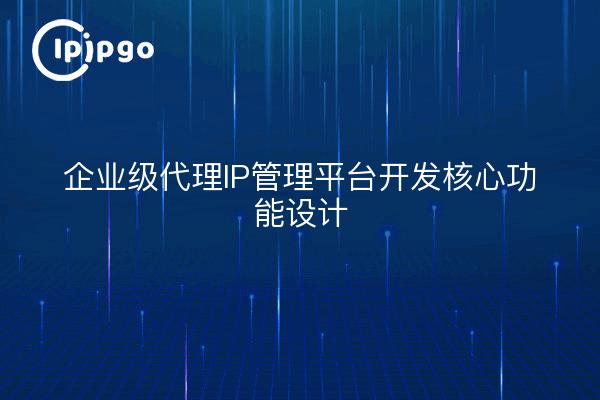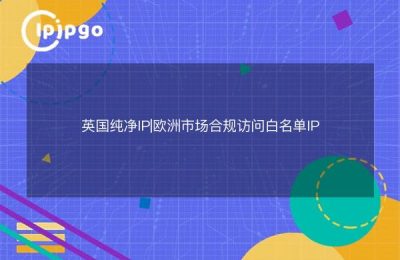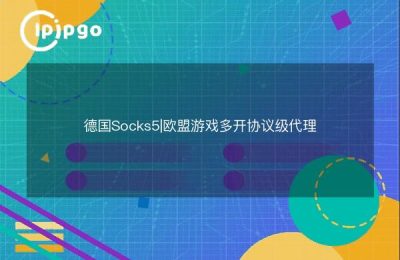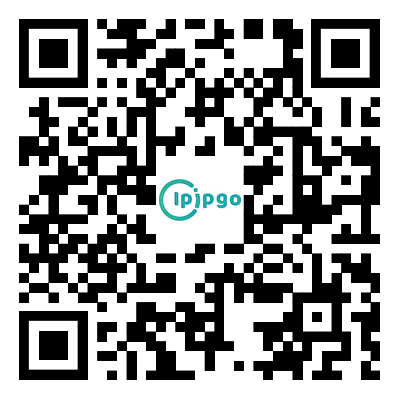
Six Core Modules Essential to Enterprise Proxy IP Management Platform Development
The development of an enterprise-level proxy IP management platform requires a balance ofResource scheduling, business adaptation, risk controlthree main dimensions. When building on the ipipgo service, it is recommended to focus on designing the following functional modules:
| Module name | crucial role | Realization points |
|---|---|---|
| Resource pool management | Coordinated deployment of global IP resources | Docking ipipgo API to realize automatic residential IP replenishment |
| Intelligent Routing | Optimal IP allocation according to business requirements | Automatically matches dynamic/static IPs based on business type |
| quality control | Real-time detection of IP availability | Setting response rate, success rate threshold alarms |
Intelligent Scheduling System for Residential IP Resource Pools
For the 90 million + residential IP resources provided by ipipgo, it is recommended that the development of aThree-tier scheduling strategy::
1. Operational-level scheduling: Categorize crawler operations, account management, data validation and other scenarios, and assign different regional IPs based on business sensitivity
2. protocol-level scheduling: automatically match HTTP/HTTPS/SOCKS5 protocols, support for simultaneous invocation of multiple protocols resources
3. time-sensitive scheduling:: Use of dynamic residential IPs for short-term tasks and static residential IPs for long-term operations
Enterprise IP Quality Assurance Solution
When using ipipgo proxy IP, it is recommended to buildDual-channel detection system::
- Proactive Detection: Scanning IP availability every 5 minutes, automatically eliminating failed nodes
- Passive feedback: real-time monitoring of the business system return code, found 403/504 and other abnormalities immediately switch IP
- Intelligent compensation: when the IP failure rate of a region exceeds 20%, new resources are automatically called from ipipgo to replenish
Visualization monitoring screen design examples
It is recommended to develop a visual Kanban board with the following data in the administration backend:
Real-time maps: Show heat map of global IP usage distribution
water level: Statistics on remaining IP availability by country/region
mass curve: Shows IP response rate trends for the last 1 hour
alarm center: Summarize the current exception IP and processing progress
Enterprise user rights management program
Based on ipipgo's API permission system, three levels of control can be designed:
1. Project dimension: restriction of different teams to use only designated national IPs
2. Usage dimension: set daily/weekly/monthly IP call caps
3. Protocol dimension: open access to specific protocols by sector
Frequently Asked Questions QA
Q: How to avoid using the same IP for multiple services?
A: It is recommended that through ipipgo'sIP segment isolation functionIn addition, it assigns exclusive IP segments to different services and turns on automatic de-duplication detection.
Q: How to choose between Dynamic IP and Static IP?
A: Dynamic residential IPs (such as ipipgo's rotation pool) are recommended for high-frequency services, and static residential IPs (such as ipipgo's exclusive channel) are selected for scenarios that require fixed identities.
Q: How to verify the actual effect of proxy IP?
A: Available from ipipgoOnline testing tools, real-time view of IP type, geographic location, response speed and other parameters.
By interfacing with ipipgo's enterprise solutions, developers can quickly build solutions withIntelligent scheduling, quality assurance, fine managementThe proxy IP management platform meets the needs of various enterprise-level application scenarios.








